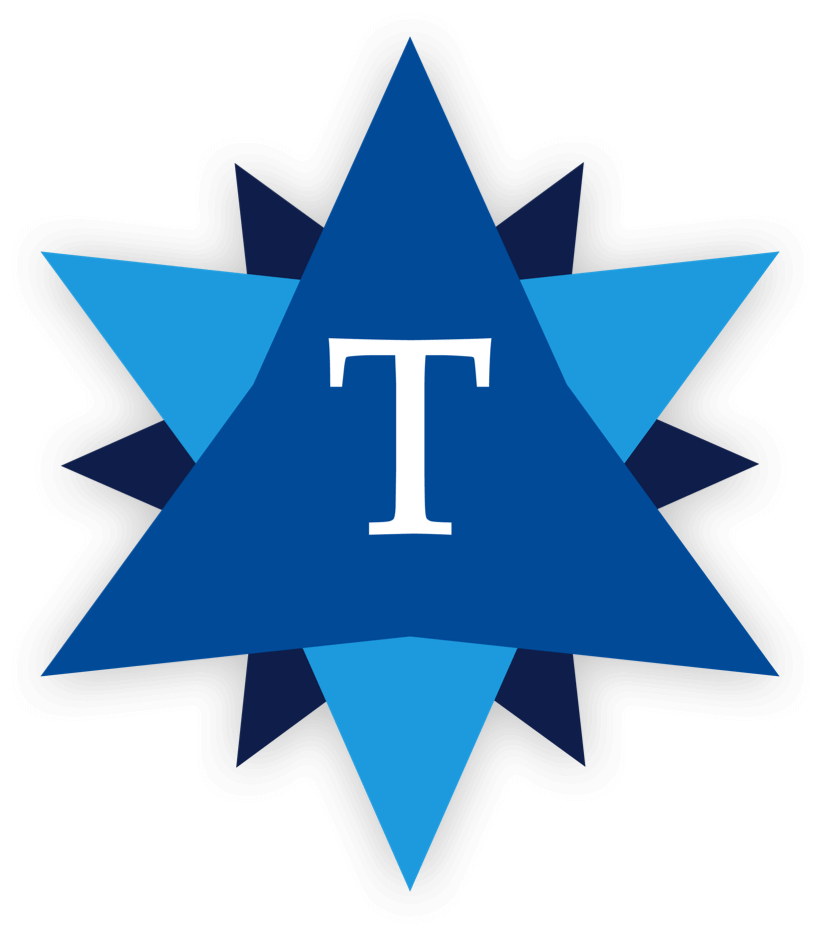Student Success: An Expanding Perspective
Guest Author

In the 2017–2018 school year, the average cost of attending a four-year public university for out-of-state students was $40,940.[1] With skepticism about the value of a college degree, increasing costs of attendance, and rapidly growing student debt, higher education institutions are experiencing increasing pressure to demonstrate the value of their programs and likelihood of student success.
Defining Student Success
Student success encompasses both educational and early career performance. Educational performance metrics include college grades, cumulative GPA, program persistence, degree attainment, and student retention. Relative to early career performance, student success is descriptive of early income and occupational prestige.
These performance-based success metrics focus on what can be observed externally. The concept of student success is deeper at the individual level, however, and measured by one’s own experiences and self-appraisal. The lesser discussed facets of student success are personal outcomes related to educational and career choice. Choice can refer to the selection of a major and of a desired career pathway.
Student success outcomes related to choice can include satisfaction with one’s major, student confidence in the major- and career-selection processes, knowledge of available career paths, ability to communicate career goals, career readiness, job placement into relevant careers, and satisfaction with one’s career, among many other factors.
At the institutional level, student success conversations tend to focus on performance-oriented student outcomes rather than personal choice-oriented success metrics. If choice-oriented student success can further position the value of institutional programming, more schools would be wise to consider implementing choice-oriented initiatives to further drive student success.
Why Choice Matters
A student’s satisfaction and alignment with field of study and prospective career path are key drivers of personal student success.
Research shows that students’ interests predict both academic and career success beyond their cognitive ability or personality.[2] Specifically, meta-analytic research shows that individuals’ interest in their fields of study and careers is positively related to student grades, educational persistence, job performance, and job persistence. This means when students pursue pathways in alignment with their personal characteristics, they are more likely to perform and persist. In a large-scale study of over 400,000 graduating high school students, the authors report that interests predict both student success (college grades, persistence in college, degree completion) and career success (income and occupational prestige 11 years after high school graduation).[3]
In short, students who choose fields of study consistent with their interests perform better in school, stay in their majors longer, and are more likely to complete their degree.
Persistence towards graduation is a key statistic in higher education. Data suggests that nearly 50% of students in four-year U.S. colleges do not complete their degrees within four years.[3] This has direct financial implications for schools: Students who drop out no longer pay tuition and are less likely or able to donate to the institution as alumni. Furthermore, 32 states now have performance-based funding policies that are linked to metrics such as persistence and degree attainment.[2]
Thus, encouraging students to pursue fields that align with who they are as individuals impacts educational success. This impact continues after students graduate, because employees who are interested in their occupations perform better, persist longer in their roles, and contribute more to their organizations.
Career Interventions
Universities and colleges can facilitate student success by providing resources and guidance to students to help them better understand their interests, personality, and values.
Specifically, interventions that show students how their personal characteristics map to educational and career pathways help students establish a sense of vocational identity. For students to be successful, they must first understand themselves, their career goals, and how to best prepare to reach their desired career destination.
Data from the U.S. Department of Education shows that, within three years of initial enrollment, about 30 percent of undergraduates in associate’s and bachelor’s degree programs who had declared a major had changed their major at least once,[4] which shows that many students do not know what their desired education and career paths are upon entering college.
Changing majors can delay student progress through their degree track and, in some cases, affect their eligibility for financial aid. Thus, getting students focused on their desired education and career pathways early supports student persistence, graduation rates, and general success by ensuring their efforts are directed toward relevant programs that are in alignment with their goals.
Students who have structured pathways to guide them are more likely to graduate on time.[5] At Florida State University, the percentage of students with excess credits dropped from 30 to 5 percent, and 4-year retention rates rose 17 percent after implementation of a guided pathway model.[6] So why aren’t more institutions ensuring that students are aligned with their programs from the moment they set foot on campus?
Leveraging Analytics
According to an Ellucian survey, 20 percent of institutions plan to at least double their analytics budget in the next 12–18 months.[7] Additionally, the top analytics priority identified among presidents, CFOs, and CIOs is “improved learning outcomes,” while the top analytics priorities for provosts are “improved retention and completion.”
Many schools already leverage the predictive power of analytics to identify at-risk populations and focus intervention efforts to support performance-oriented student success via retention and program completion. How can schools leverage other types of analytics platforms to support student success through choice-oriented outcomes?
Implementing predictive analytics platforms that guide students through the educational and career discernment processes helps students achieve success by focusing students’ efforts on their unique pathways and goals.
Impact on Attitudes, Retention, and GPA
Research shows that online career programming directly impacts the choice- and performance-based student success metrics discussed earlier. In fact, a recent study of over 14,000 students examined the effects of career intervention programming for matriculates on 1-year and 4-year retention rates. The intervention involved online programming to help students identify their vocational goals.
The 1-year retention rates for participants in the career intervention was 86.3 percent, compared to 77.5 percent for students who did not participate—an 8.8 percent improvement for those that participated in the programming. The 4-year retention rate for participants was 58.4 percent, compared to 43.4 percent for non-participants—a 15 percent increase in 4-year retention for intervention participants.[8]
Conclusion
Over one third of students are not able to attain their college degree within six years.[9] Thus, finding effective programming is critical to fostering student success and enabling students to efficiently complete their college degrees. Implementing a predictive platform can help institutions create a career-focused environment to foster student outcomes and better prepare students to focus their efforts on relevant pathways from the start.
“Student success should be a core element of institutional strategy at the president and provost level.”[10]
In order to scale the positive outcomes associated with predictive analytics focused on educational and career alignment on an institutional level, such initiatives must be adopted on a large scale; and centralizing such initiatives means making the resources more accessible and available.[10]
Footnotes
[1] https://trends.collegeboard.org/sites/default/files/2017-trends-in-college-pricing_0.pdf
[2] Su, R. (2012). The power of vocational interests and interest congruence in predicting career success. (Unpublished doctoral dissertation). University of Illinois at Urbana-Champaign.
[3] Rounds, J., & Su, R. (2014). The nature and power of interests. Current Directions in Psychological Science, 23, 98-103
[4] https://nces.ed.gov/pubs2018/2018434.pdf
[5] https://www2.deloitte.com/insights/us/en/industry/public-sector/improving-student-success-in-higher-education.html
[6] https://www.irsc.edu/uploadedFiles/FacultyStaff/Redesigning-Community-Colleges-For-Student-Success.pdf
[7] https://www.ellucian.com/White-Papers/What-will-it-take-to-build-an-analytics-driven-campus-Ovum
[8] Clayton, K. et al. (in press) KEY careers: Increasing retention and graduation rates with career interventions, Journal of Career Development. doi: 10.1177/0894845318763972.
[9] National Center for Educational Statistics. (2013). Federal student loan debt burden of non-completers. Stats in brief (NCES 2013-155). Retrieved from http://goo.gl/ruWzRX.
[10] https://www2.deloitte.com/us/en/pages/public-sector/articles/five-principles-for-improving-student-outcomes.html#2
Categories
Share Article:

Other Posts From this Author:
The views and opinions expressed in this article are those of the author and do not necessarily reflect the official policy or position of the Tambellini Group. To become a Top of Mind guest author, please contact us.
© Copyright 2025, The Tambellini Group. All Rights Reserved.